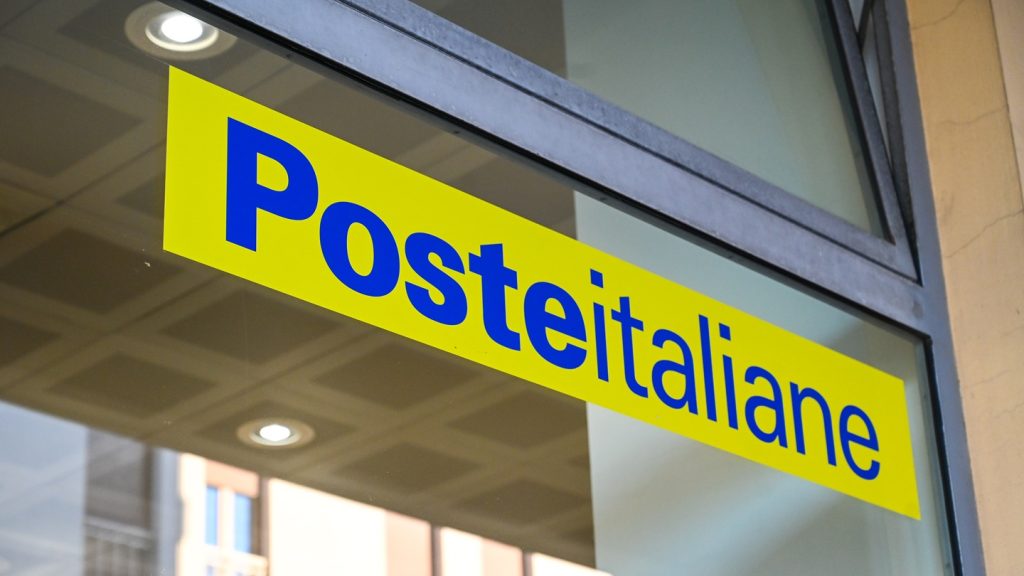It was inevitable that the consumer press would have a field day with news that the UK’s ATM operator Link was looking to reduce the £1bn it costs to run ATMs.
And pretty inevitable too that an assortment of rent-a-quote politicians, consumer groups, lobbyists and small business pressure groups would weigh in with inaccurate hyperbole and general scaremongering.
Now the Payments Regulator has started to take an interest in Link’s plans.
It would help advance the ongoing debate into the future of ATMs if some of those commenting actually stuck to accurate facts.
Cardtronics released a statement saying that if Link’s plans were implemented, the free-to-use ATM model in the UK “will become unsustainable.”
Rival operators Note Machine chipped in with forecasts of doom and gloom for the future of ATMs, especially in rural areas.

US Tariffs are shifting - will you react or anticipate?
Don’t let policy changes catch you off guard. Stay proactive with real-time data and expert analysis.
By GlobalDataLink will finalise its plans in late January after this issue of CI goes to press but has already announced that it will protect all free-to-use ATMs which are a kilometre or more from the next nearest free-to-use ATM.
At present, the UK has a record number of ATMs – about 70,000 – with 55,000 free to use. By international standards, see table, the UK consumer is pretty well catered for by ATMs.
Take Spain for example as a comparison. According to the central bank, the number of ATMs in operation in Spain declined 19% percent, from 61,714 devices in operation in 2008 to 50,193, in 2017.
Even if the fears of industry lobby group, the ATM Industry Association are realised – it claims that one in five ATMs will vanish in the UK in four years due to Link’s plans – the UK would still have more than 50,000 ATMs.
Link has proposed a reduction in the interchange fee by 20% to 20p over the next four years. Its plans seem reasonable, in particular when one takes into account its Financial Inclusion Programme to ensure that all consumers have free access to cash.
A lot of consumers in many markets would appreciate anything approaching the UK system. It dates back to 2006 and subsidises the lowest income areas of the country to ensure that all have at least one free ATM.
The subsidy is paid via a 10p interchange premium available to any low-income area that doesn’t have a free ATM within a kilometre distance.
As part of its proposals, Link is exploring increasing the maximum amount of the subsidy to 30p and expanding the scope to the whole of the UK.
The debate is not however helped by the anti-cash lobby weighing in with their claims that the UK is on the brink of becoming cashless, so we really do not need too many ATMs going forward.

ATM withdrawals in the UK, no doubt to the chagrin of the cash is dead lobby, remain pretty flat with an average of £192bn being withdrawn each year over the past decade.
It does not exactly help Link’s argument if it bangs on too much about fewer people using cash when figures shown that the value of notes in circulation continues to rise.
A public squabble involving the big banks on the one hand and independent ATM operators on the other, is all good for copy and a diverting side show but some of the arguments on display have been delusional.








